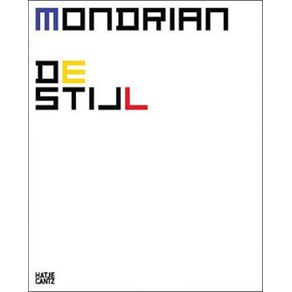Piet Mondrian (1872-1944) emptied Cubism of its representational content, dissembling its angular contours into a few floating horizontal lines and reconstructing it anew as irregular squares of primary color. Mondrian dubbed the abstract style at which he arrived Neoplasticism, a term that eventually became synonymous with De Stijl, the Dutch avant-garde group composed of artists Theo van Doesburg, Bart van der Leck and Vilmos Huszar and the architects Gerrit Rietveld, Robert van 't Hoff and J.J.P. Oud, as well as Mondrian himself. More influential and foundational than any other design ethos of the early twentieth century, De Stijl provided the basis for much of the Bauhaus aesthetic, as well as Concrete art and the architecture of Mies van der Rohe. Collectively, the movement can be said to have translated Mondrian's pure painting into applied design for clothing, furniture (most famously Rietveld's Red and Blue chair), interiors, houses, blocks of flats and even whole towns. This volume looks at the full arc of Mondrian's evolution, from his early works executed in Neoimpressionist and Luminist idioms to his arrival at a pure Neoplastic abstraction, and traces De Stijl's extrapolations of Mondrian's art into a multidisciplinary utopian design project.



